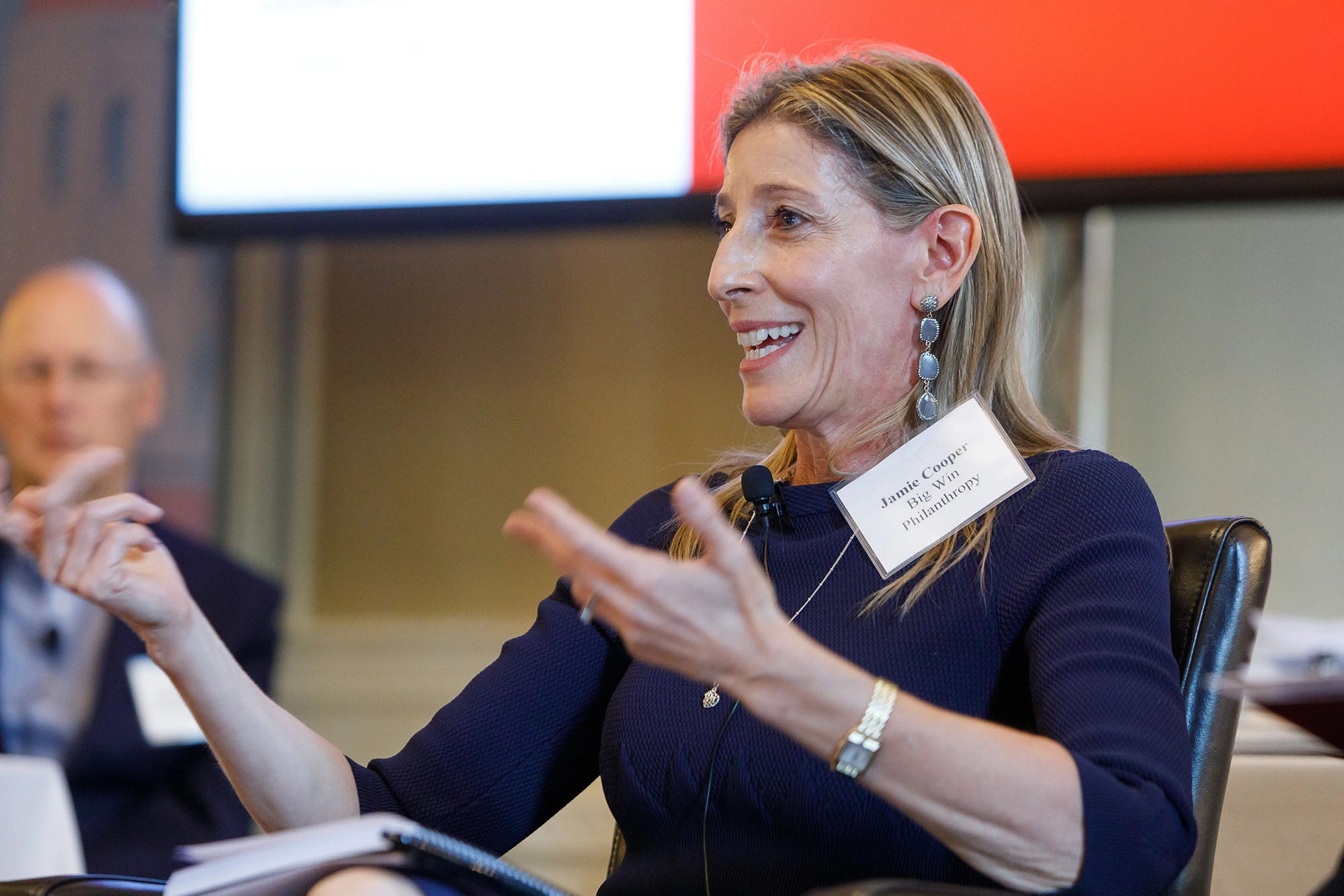Like virtually all philanthropists, I started out seeking the “best” projects to fund. I described myself as a mezzanine funder—I hunted for programs with evidence of impact and aimed to expand or replicate them. I never considered supporting or, frankly, even interacting with the public sector.
By serendipity, quite early in my philanthropic career, I partnered with a visionary government leader to establish his country’s first public-sector HIV/AIDS treatment program. The initiative saved the lives of thousands more people than it would have been possible to reach through the non-state sector. This collaboration further enabled me to responsibly exit the funding arrangement after only a few years, having laid the groundwork for the government to assume responsibility for service provision. It ultimately segued into an invitation to extend the partnership to another region of the country.
This experience, followed by several more public-sector collaborations, has persuaded me that working in true partnership with committed and able government leaders is the path to scaled and sustainable development.
I appreciate that many philanthropists view supporting governments as the role of the bi- and multi-laterals, and I am not suggesting that private philanthropists provide direct budget support for basic services and recurrent costs. But there are plenty of other ways that philanthropists can support governments, from conducting baseline studies and supporting evidence-based programming, to enabling access to technical expertise.
Philanthropists could also stand to learn a bit from, and even take a backseat to, their government partners. Like any philanthropy, my foundation has clear funding criteria. We direct our efforts toward initiatives and leadership that we believe have the greatest potential to improve outcomes for children and youth and concurrently drive economic growth. However, it is our government partners who determine the transformational agenda and the role of our contribution.
Having worked closely with numerous government leaders over the years, it is my firm belief that no one ultimately cares more about their people than the stewards chosen to represent them. While there are certainly nefarious characters to avoid, they are outnumbered by dedicated public servants who are driven by the needs of their citizens. We need to work harder to support and not undermine the good ones.
Yet, often inadvertently, we do undercut them and impede development. I have watched philanthropists pay health and education providers “top-up” fees to attend trainings, enticing them to leave their posts during their regular working hours and subsequently decline to participate in their own government trainings without being financially incentivized. I have seen programs “generate demand” and encourage people to access services in the polar opposite geographies from where governments have invested in new personnel, virtually guaranteeing that citizens become cynical while the government’s attempts to bolster quality remain under-resourced. On innumerable occasions, I have seen philanthropists invest huge sums in superb NGO-run programs, only to then see these and their added-value vanish overnight, the funder having instituted no plan for sustainability.
Several years ago, I helped to launch the Harvard Ministerial Leadership Program, an initiative that brings together an array of ministers–globally but disproportionately from Africa–mostly in the health, education, finance and planning sectors. Now in its eighth cycle, I can attest to the increased quality of ministers year-on-year. Some come with extraordinary sector knowledge; others with sophisticated political acumen; a cohort with complex management experience. With very few exceptions, they are determined to leave a handprint of meaningful, positive change for their people—and most exit the program with a clear and focused plan to do so.
For me and my team, this is exciting. Each year, we have a new group of ministers with inspiring visions and sound plans we could productively support. Our issue is no longer finding the “leader in the haystack” but having sufficient capacity and funds to support more than a very few of these ministers to move faster and overcome the hurdles that can derail them.
If I had one message to fellow philanthropists who are still wary of partnering with government, it would be this: take a chance. When you work alongside committed leaders on the areas you most passionately care about, you’ll be astonished by how much more you can achieve, and how much more durable the legacy.


